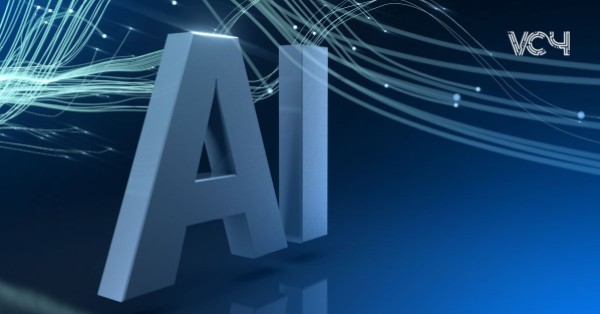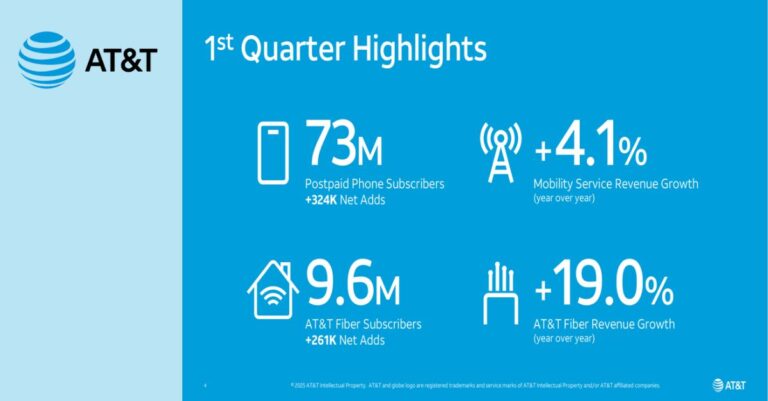Telstra InfraCo is undertaking a transformative project, laying nearly 14,000 kilometers of high-capacity, ultra-low-latency fiber optic cables across Australia. This ambitious endeavor will connect major capital cities from north to south and east to west while also creating crucial access points for regional and remote areas.
Expanding Australia’s High-Speed Fiber Network
The groundwork is well underway as we meticulously plan, trench, duct, and install these extensive fiber optic networks. Along the planned routes, we are deploying two distinct cables: a pink express path and a blue foundation path.
The Pink Express Path will cater to high-speed, long-distance connections between major cities, enabling businesses to efficiently and reliably share the vast amounts of data that power our digital lives. This ultra-high-speed network is designed to support data-intensive technologies such as Artificial Intelligence (AI) on a large scale, facilitating seamless connectivity across thousands of kilometers.
The Blue Foundation Path is more than just a network backbone—it’s a nod to Telstra’s heritage and a strategic move toward future-proofing our infrastructure. This foundation cable will allow for future expansions to regional areas, empowering Australia’s regions to become digital economy powerhouses.
Telstra’s $1.6 Billion Commitment to Nationwide Connectivity
Telstra is committing up to $1.6 billion to several key fiber initiatives. This includes the intercity fiber network project, expanding the fiber footprint in the Pilbara region, and partnering with Viasat to establish the Viasat-3 ground network.
Our goal is for this intercity fiber network to span the entire continent, connecting east to west and north to south. Notably, the Darwin to Adelaide route will serve as a strategic launchpad, positioning not only the Northern Territory but the entire nation as a crucial connectivity hub for the Asia-Pacific region.
Telstra & Microsoft Team Up to Power AI Across Australia
Telstra’s collaboration with Microsoft is a cornerstone of Australia’s digital future. In July 2022, Telstra signed a five-year strategic agreement with Microsoft aimed at bolstering Australia’s digital growth. This partnership is now expanding to meet the growing demand for AI infrastructure across the nation.
Microsoft has selected Telstra as a strategic partner to extend its AI infrastructure in Australia, leveraging Telstra InfraCo’s ultra-fast intercity fiber network. This collaboration is critical in meeting the escalating needs for AI capabilities in Australia, as businesses increasingly rely on AI to drive innovation and efficiency.
The partnership with Microsoft involves the construction of high-capacity intercity fiber routes that will support the tech giant’s AI initiatives. These routes will not only enhance connectivity within Australia but also provide seamless integration with Telstra’s extensive international subsea fiber network. This integration enables Microsoft to achieve end-to-end connectivity across key telecommunications routes in Australia and the broader Asia-Pacific region, significantly boosting its capacity to deliver AI-driven solutions to customers.
Strategic Impact of AI on Australia’s Fiber Network Expansion
The expansion of AI infrastructure in Australia, supported by Telstra’s new fiber network, is expected to catalyze advancements in various industries, from healthcare and education to finance and retail. By ensuring that AI technologies are backed by robust, high-speed connectivity, Telstra and Microsoft are laying the groundwork for a future where AI-driven applications become commonplace in both urban and regional areas.
Navigating Australia’s Terrain for Nationwide Fiber Rollout
With more than 15 active construction sites across some of Australia’s most remote areas, the complexity of this project cannot be overstated. Over 1,800 kilometers of fiber have already been laid, and the work continues across a diverse range of challenging environments, including mountain ranges, deserts, and water bodies.
One recent milestone was the successful installation of approximately 1 kilometer of our new intercity fiber on the floor of Sydney Harbour. This critical link connects the north and south sides of Sydney’s business districts and required months of meticulous planning and collaboration with the Sydney Harbour Authority and Harbour Master.
Building a Sustainable Fiber Network with Industry Leaders
To ensure the success of this massive infrastructure project, we’ve teamed up with industry leaders like Ventia and Fulton Hogan. These partners bring unparalleled expertise in designing and constructing networks that are both efficient and sustainable, particularly in the unique and often harsh Australian environment.
Our fiber supplier, Prysmian Australia, has also played a critical role in this project. Together, we have researched and co-developed state-of-the-art fiber optic cables tailored to Australia’s unique environmental conditions, including abrasive soil. This collaboration, spearheaded by Prysmian’s Sydney lab, has optimized the cable technology specifically for this massive rollout.
Microsoft’s AI Solutions Boost Australian Industries via Telstra’s Fiber Network
Microsoft’s involvement in Telstra’s intercity fiber network goes beyond merely extending its AI infrastructure. By integrating AI capabilities into Telstra’s network, Microsoft is set to empower Australian industries with cutting-edge solutions. The strategic partnership will enable industries to harness AI for tasks such as predictive maintenance, customer service automation, and advanced data analytics, ultimately driving efficiency and innovation across the board.
AI-Driven Advancements in Education and Healthcare
For instance, in the education sector, AI can transform the learning experience by offering personalized education pathways and improving administrative efficiency. In healthcare, AI-driven diagnostics and treatment plans can lead to better patient outcomes and more efficient use of resources. With Telstra’s robust fiber network underpinning these AI applications, Australian industries stand to benefit significantly from this partnership.
Connecting Australia Globally with Telstra’s Intercity Fiber Network
Ultimately, Telstra’s intercity fiber network will do more than just link Australia’s major cities; it will connect Australia to the world. The network will seamlessly transition from terrestrial fiber to subsea cables, leveraging our extensive international subsea network to enhance global connectivity.
This intercity fiber network is an investment in the future—one that will support the growth of Australia’s digital infrastructure, boost connectivity across cities and regions, and drive the nation’s digital prosperity. As remote working, online education, high-definition entertainment, and AI become more prevalent, the demand for reliable and resilient fiber networks will only grow.
Telstra is committed to delivering a network that meets these needs, ensuring a more connected, innovative, and inclusive Australia. The opportunities that lie ahead are immense, and as we continue to lay more fiber, the future of Australia’s digital landscape looks brighter than ever.
In Summary
Telstra’s intercity fiber network, bolstered by a strategic partnership with Microsoft, represents a significant step forward in Australia’s digital transformation. As AI and other data-intensive technologies become increasingly vital to the nation’s economy, the infrastructure being laid today will be critical in supporting Australia’s future growth and global competitiveness. This project is not just about connectivity—it’s about enabling a digital future where Australia can thrive on the global stage.




















